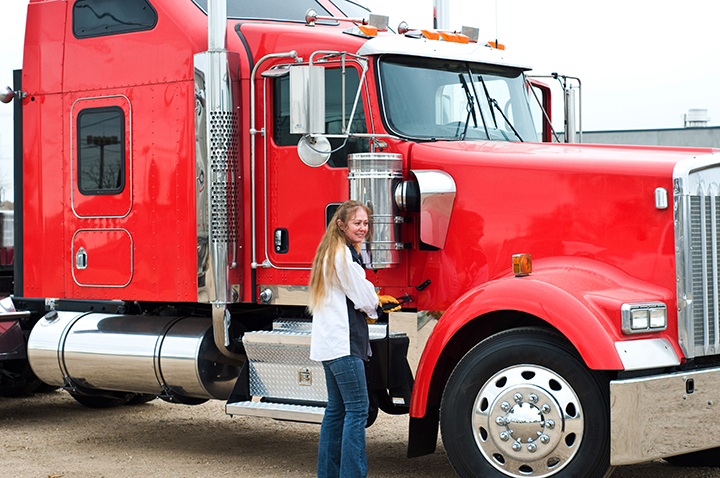WASHINGTON — The U.S. Department of Labor has proposed a rule that would clarify the definition of “employee” under the Fair Labor Standards Act (FLSA) as it relates to independent contractors.
“The department’s proposal aims to bring clarity and consistency to the determination of who’s an independent contractor under the Fair Labor Standards Act (FLSA),” said Eugene Scalia, U.S. Secretary of Labor. “Once finalized, it will make it easier to identify employees covered by the Act, while respecting the decision other workers make to pursue the freedom and entrepreneurialism associated with being an independent contractor.”
The DOL says the proposed rule:
- Adopts an “economic reality” test to determine a worker’s status as an FLSA employee or an independent contractor. The test considers whether a worker is in business for himself/herself (independent contractor) or is economically dependent on a putative employer for work (employee).
- Identifies and explains two “core factors”: The nature and degree of the worker’s control over the work; and the worker’s opportunity for profit or loss based on initiative and/or investment. These factors help determine if a worker is economically dependent on someone else’s business or is in business for himself/herself.
- Identifies three other factors that could serve as additional guideposts in the analysis: The amount of skill required for the work; the degree of permanence of the working relationship between the worker and the potential employer; and whether the work is part of an integrated unit of production.
- Advises that the actual practice is more relevant than what may be contractually or theoretically possible in determining whether a worker is an employee or an independent contractor.
David Heller, vice president of governmental affairs for the Truckload Carriers Association (TCA), told The Trucker that the proposed rule reinforces the goals of an industry that has long relied upon independent contractors in addition to employees, such as company drivers.
“The independent contractor business model is one that has been employed for decades in the truckload segment of our industry and represents an integral part of this nation’s freight delivery model,” Heller noted. “Some of our largest motor carriers on the highways today were created under this very premise, and TCA supports the notion proposed by the DOL that professional truck drivers should have the right to choose a career path that represents their pursuit of the traditional American dream.”
American Trucking Associations (ATA) has also voiced support of the proposal.
“Secretary Scalia understands that many Americans choose the independent contractor model — including hundreds of thousands of owner-operators in the trucking industry — because it expands their opportunities to earn and empowers them to choose the hours and routes that suit their individual needs and lifestyle,” said Chris Spear, president and CEO of ATA. “This proposal is about giving working Americans the freedom to pick the occupation and flexibility they desire, and we thank Secretary Scalia for putting it forward.”
While the Owner-Operator Independent Drivers Association (OOIDA) has not officially spoken out in favor of the proposed rulemaking, the organization spoke favorably regarding the clarifications offered under the rule.
“We appreciate the administration’s efforts to provide clarity on this complex issue and are encouraged to see that they are working within the existing framework for classifying employees under FLSA. With that said, given the complexities of this issue, we are still reviewing all details of the proposal,” a spokesperson for OOIDA told The Trucker.
The proposed rule, “Independent Contractor Status Under the Fair Labor Standards Act,” was posted in the Federal Register Sept. 25 and is open for comments until Oct. 26. Click here to review the proposed rule or to comment.
The Trucker News Staff produces engaging content for not only TheTrucker.com, but also The Trucker Newspaper, which has been serving the trucking industry for more than 30 years. With a focus on drivers, the Trucker News Staff aims to provide relevant, objective content pertaining to the trucking segment of the transportation industry. The Trucker News Staff is based in Little Rock, Arkansas.









The proposal to clarify distinctions between company drivers and owner-operators under the Fair Labor Standards Act is a critical step towards ensuring fair treatment and legal clarity in the trucking industry. It’s akin to the thorough preparation required for exams like NASCLA exam prep Mississippi , where understanding nuanced distinctions is key to success.